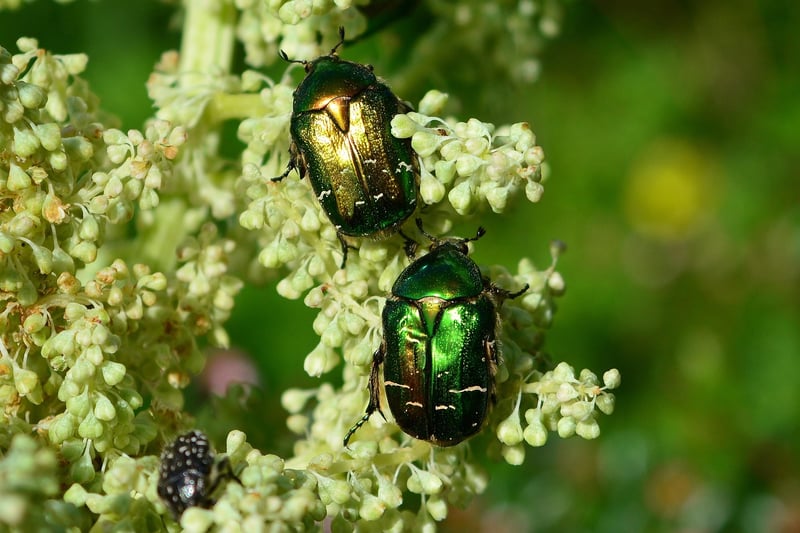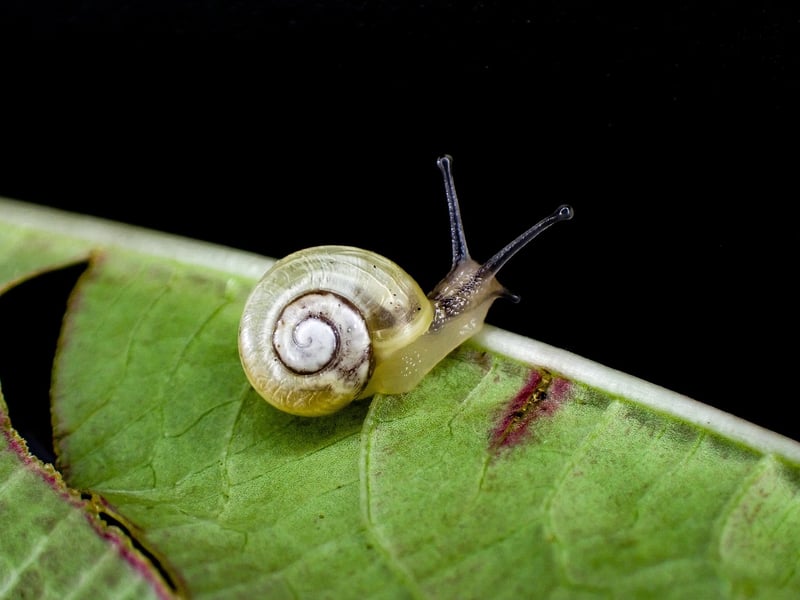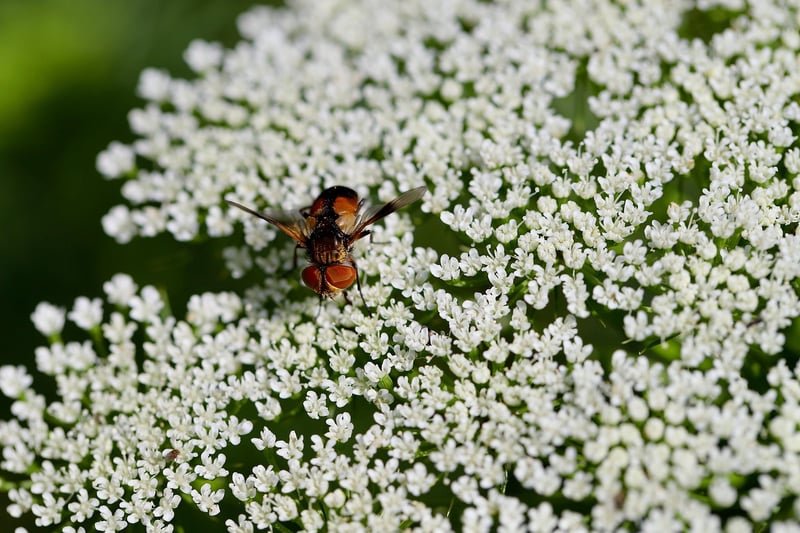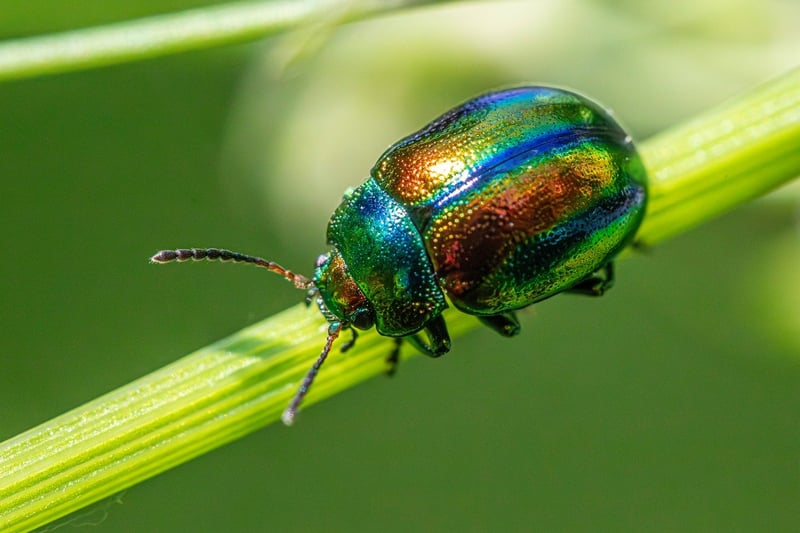Identifying Common Pests
Protecting Your Urban Garden from Pests
Urban gardening is a fulfilling activity that allows you to connect with nature and grow your own food. However, one of the challenges that urban gardeners face is dealing with pests that can wreak havoc on their plants. In this guide, we will discuss effective ways to protect your urban garden from pests and how to identify common pests that may threaten your plants.
1. Choose the Right Plants
One of the best ways to prevent pest infestations in your urban garden is to choose plants that are naturally resistant to pests. Research and select plant varieties that are less susceptible to common garden pests in your area.
2. Maintain Good Garden Hygiene
Keep your garden clean and tidy to reduce hiding spots for pests. Remove dead leaves, weeds, and debris regularly. Pests are less likely to infest a well-maintained garden.
3. Use Natural Pest Control Methods
Avoid using harsh chemicals that can harm beneficial insects and pollinators. Instead, opt for natural pest control methods such as neem oil, insecticidal soap, and companion planting to deter pests from your garden.
4. Install Physical Barriers
Use physical barriers like row covers, netting, and fences to protect your plants from pests. These barriers can prevent insects and animals from reaching your crops.
Identifying Common Pests in Urban Gardens
Aphids
Aphids are small, soft-bodied insects that feed on plant sap. They can cause leaves to curl and distort, weakening the plant.

Slugs and Snails
Slugs and snails are common garden pests that feed on young seedlings and leaves, leaving behind slime trails.

Caterpillars
Caterpillars are the larval stage of butterflies and moths. They can quickly devour leaves and fruits if left unchecked.

By following these tips and being able to identify common pests in your urban garden, you can effectively protect your plants and enjoy a bountiful harvest.
